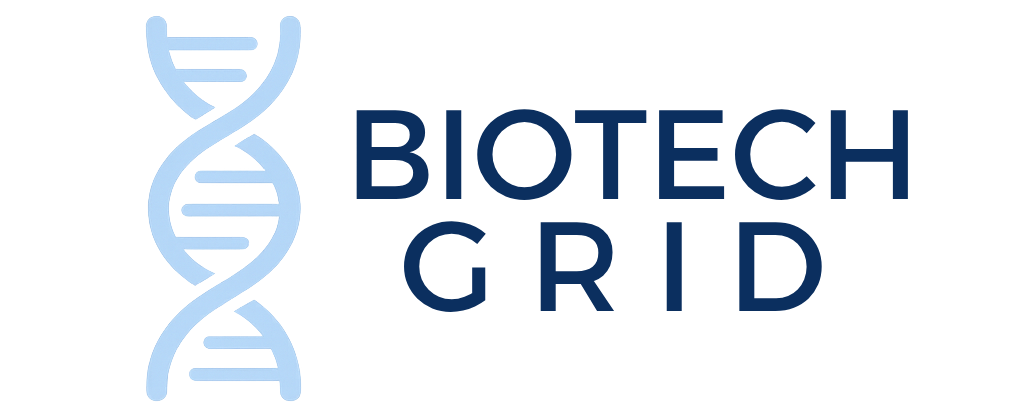
Half a century after its initial discovery, scientists have unraveled the intricate workings of the mitochondrial pyruvate carrier—an essential molecular apparatus nestled within the powerhouse of our cells known as the mitochondria. This molecular machine plays a pivotal role in cellular respiration by ferrying pyruvate, a vital metabolite derived from sugar breakdown, into mitochondria where energy production is dramatically enhanced. The newly revealed atomic-scale structure offers unprecedented insights into the operation of this transporter, setting the stage for transformative advances in medicine and biochemistry.
The team of researchers at the Medical Research Council (MRC) Mitochondrial Biology Unit, University of Cambridge, employed cutting-edge cryo-electron microscopy to visualize the mitochondrial pyruvate carrier with astonishing resolution, approximately 165,000 times magnified. This approach illuminated the carrier’s molecular architecture and mechanistic operation, akin to a canal lock system, detailing how pyruvate traverses the impermeable inner mitochondrial membrane to fuel ATP synthesis—the universal energy currency of life.
Conceived in theory in 1971, the mitochondrial pyruvate carrier eluded direct observation for decades due to technical challenges posed by its minuscule size and complex membrane environment. With advancements in imaging technologies, Dr. Sotiria Tavoulari and colleagues have now resolved its composition and confirmed how the transporter shuttles pyruvate with remarkable precision. Pyruvate’s import into mitochondria amplifies cellular energy output by up to fifteenfold, underpinning the metabolic vigor of most eukaryotic organisms.
The inner mitochondrial membrane serves as a formidable barrier impermeable to most metabolites, including pyruvate. To navigate this, the carrier utilizes a sophisticated gating mechanism. As elucidated through their structural studies, an outer gate opens to admit pyruvate molecules, then closes before an inner gate opens, permitting their smooth passage into the mitochondrial matrix. This molecular choreography closely mirrors the operation of canal locks that control boat passage, but on a nanoscopic scale.
Professor Edmund Kunji of the MRC Mitochondrial Biology Unit expounded on the elegant gating mechanism: “Much like a canal lock with sequential gates regulating watercraft movement, the pyruvate carrier employs two molecular gates to ensure the directional and controlled translocation of its substrate. This prevents leakage and maintains metabolic fidelity within the cell.”
Understanding the carrier’s structure is more than a scientific triumph—it has profound clinical implications. Given its central role in energy metabolism, the mitochondrial pyruvate carrier emerges as a promising therapeutic target across a spectrum of diseases. Conditions such as diabetes, fatty liver disease, Parkinson’s disease, and certain cancers are fundamentally linked to metabolic dysregulation, where modulating pyruvate transport could alter disease trajectories.
In diseases like fatty liver, excessive fat accumulation in hepatic cells poses life-threatening risks. By blocking the pyruvate carrier, cells may be coerced into metabolizing stored fats, potentially mitigating disease progression. This metabolic rerouting highlights the carrier’s role as a metabolic gatekeeper, steering substrate utilization in response to physiological needs or pharmacological intervention.
The cancer metabolism paradigm also intersects with mitochondrial pyruvate transport. Tumor cells, notably within some aggressive prostate cancers, overexpress pyruvate carriers to meet heightened energy demands. Interrupting this supply line impairs cancer cell vitality, effectively starving them by cutting off their metabolic fuel. Such insights pave the way for innovative anticancer strategies centered on metabolic inhibition.
Beyond metabolic diseases, the mitochondrial pyruvate carrier intriguingly influences hair follicle biology. Hair follicle cells depend on the generation of lactate for activation and growth. When pyruvate entry into mitochondria is impeded, it is diverted toward lactate production, potentially reactivating follicles and reversing hair loss. This novel metabolic link suggests unforeseen applications of carrier inhibitors in dermatology.
Central to these therapeutic possibilities is the ability to design drugs with precise molecular targeting. The cryo-electron microscopy data not only reveal the carrier’s structure but also demonstrate how specific inhibitors lodge within the transporter, effectively jamming its function. Visualizing this “spanner in the works” empowers drug developers to craft molecules that can selectively modulate the carrier’s action with minimal side effects.
The implications of this discovery echo loudly across biomedical research. Mitochondria, once viewed merely as cellular power units, increasingly are understood as complex regulatory hubs controlling health and disease. The mitochondrial pyruvate carrier exemplifies this complexity, standing at the intersection of metabolism, signaling, and pathology. Unlocking its secrets heralds a new era of mitochondrial medicine.
This breakthrough owes much to the collaborative efforts of scientists across continents, including key contributions from Vanessa Leone’s group at the Medical College of Wisconsin, Lucy Forrest’s team at the National Institutes of Health, and Jan Steyaert’s laboratory at the Free University of Brussels. Such transatlantic partnerships underscore the global nature of cutting-edge biomedical inquiry.
The study, published in Science Advances on April 18, 2025, marks a milestone in mitochondrial biology and metabolic research. It not only clarifies fundamental cellular processes but shines a guiding light toward the development of targeted therapies for complex diseases that touch millions worldwide, potentially transforming clinical practice in the not-so-distant future.
In sum, the demystification of the mitochondrial pyruvate carrier’s molecular basis is a landmark achievement that integrates structural biology, cellular physiology, and therapeutic innovation. As we continue to explore the microscopic machinations powering life, these findings provide a potent reminder of the vast potential residing within our cells, waiting to be harnessed for human health.
Subject of Research: People
Article Title: Molecular basis of pyruvate transport and inhibition of the human mitochondrial pyruvate carrier
News Publication Date: 18-Apr-2025
Web References: http://dx.doi.org/10.1126/sciadv.adw1489
References: Sichrovsky, M, Lacabanne, D, Ruprecht, JJ & Rana, JJ et al. Molecular basis of pyruvate transport and inhibition of the human mitochondrial pyruvate carrier. Sci Adv; 18 Apr 2025; DOI: 10.1126/sciadv.adw1489
Keywords: Sugars, Fatty liver disease, Metabolism, Cellular energy, Atomic structure, Molecular structure
Tags: ATP synthesis processbiochemistry breakthroughsCancer Treatment Strategiescellular respiration mechanismscryo-electron microscopy advancementsenergy production in cellsfatty liver disease researchhair loss solutionsmedical research innovationsmitochondrial pyruvate carriermolecular architecture of transporterspyruvate transport in mitochondria


